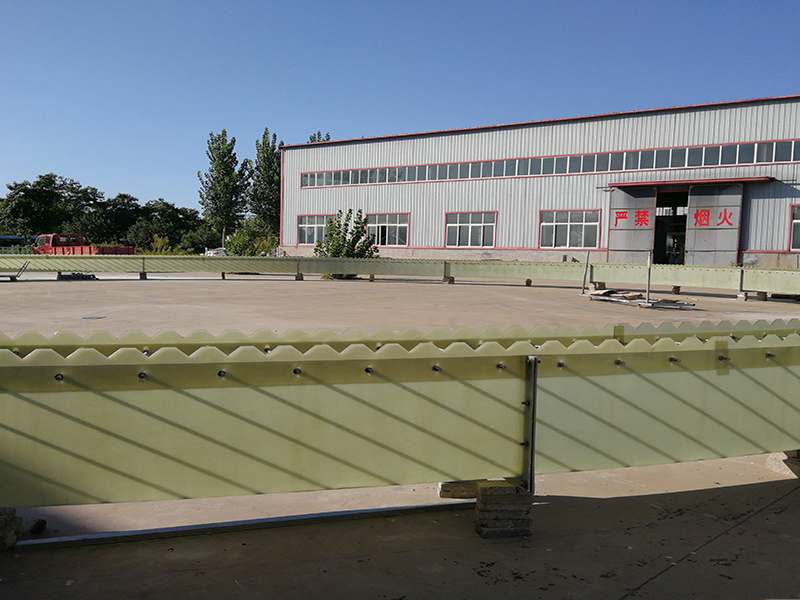
-
 Afrikaans
Afrikaans -
 Albanian
Albanian -
 Amharic
Amharic -
 Arabic
Arabic -
 Armenian
Armenian -
 Azerbaijani
Azerbaijani -
 Basque
Basque -
 Belarusian
Belarusian -
 Bengali
Bengali -
 Bosnian
Bosnian -
 Bulgarian
Bulgarian -
 Catalan
Catalan -
 Cebuano
Cebuano -
 China
China -
 China (Taiwan)
China (Taiwan) -
 Corsican
Corsican -
 Croatian
Croatian -
 Czech
Czech -
 Danish
Danish -
 Dutch
Dutch -
 English
English -
 Esperanto
Esperanto -
 Estonian
Estonian -
 Finnish
Finnish -
 French
French -
 Frisian
Frisian -
 Galician
Galician -
 Georgian
Georgian -
 German
German -
 Greek
Greek -
 Gujarati
Gujarati -
 Haitian Creole
Haitian Creole -
 hausa
hausa -
 hawaiian
hawaiian -
 Hebrew
Hebrew -
 Hindi
Hindi -
 Miao
Miao -
 Hungarian
Hungarian -
 Icelandic
Icelandic -
 igbo
igbo -
 Indonesian
Indonesian -
 irish
irish -
 Italian
Italian -
 Japanese
Japanese -
 Javanese
Javanese -
 Kannada
Kannada -
 kazakh
kazakh -
 Khmer
Khmer -
 Rwandese
Rwandese -
 Korean
Korean -
 Kurdish
Kurdish -
 Kyrgyz
Kyrgyz -
 Lao
Lao -
 Latin
Latin -
 Latvian
Latvian -
 Lithuanian
Lithuanian -
 Luxembourgish
Luxembourgish -
 Macedonian
Macedonian -
 Malgashi
Malgashi -
 Malay
Malay -
 Malayalam
Malayalam -
 Maltese
Maltese -
 Maori
Maori -
 Marathi
Marathi -
 Mongolian
Mongolian -
 Myanmar
Myanmar -
 Nepali
Nepali -
 Norwegian
Norwegian -
 Norwegian
Norwegian -
 Occitan
Occitan -
 Pashto
Pashto -
 Persian
Persian -
 Polish
Polish -
 Portuguese
Portuguese -
 Punjabi
Punjabi -
 Romanian
Romanian -
 Russian
Russian -
 Samoan
Samoan -
 Scottish Gaelic
Scottish Gaelic -
 Serbian
Serbian -
 Sesotho
Sesotho -
 Shona
Shona -
 Sindhi
Sindhi -
 Sinhala
Sinhala -
 Slovak
Slovak -
 Slovenian
Slovenian -
 Somali
Somali -
 Spanish
Spanish -
 Sundanese
Sundanese -
 Swahili
Swahili -
 Swedish
Swedish -
 Tagalog
Tagalog -
 Tajik
Tajik -
 Tamil
Tamil -
 Tatar
Tatar -
 Telugu
Telugu -
 Thai
Thai -
 Turkish
Turkish -
 Turkmen
Turkmen -
 Ukrainian
Ukrainian -
 Urdu
Urdu -
 Uighur
Uighur -
 Uzbek
Uzbek -
 Vietnamese
Vietnamese -
 Welsh
Welsh -
 Bantu
Bantu -
 Yiddish
Yiddish -
 Yoruba
Yoruba -
 Zulu
Zulu
Durable Solutions for Fiberglass Reinforced Pipe Applications in Modern Infrastructure
The Importance of Fiberglass Reinforced Pipe (FRP)
In the world of construction and infrastructure, the choice of materials plays a crucial role in ensuring the longevity and reliability of various structures. One material that has gained significant attention in recent years is Fiberglass Reinforced Pipe (FRP). This innovative product combines the strengths of fiberglass and resin, resulting in a high-performance piping solution that offers numerous advantages over traditional materials.
Fiberglass Reinforced Pipe is primarily made from a composite of glass fibers and a polymer resin. The glass fibers provide strength, while the resin binds the fibers together and offers corrosion resistance. This combination results in a lightweight yet incredibly strong pipe that can withstand various environmental conditions. One of the most notable features of FRP is its resistance to corrosion, which makes it an ideal choice for industries that handle aggressive chemicals, such as oil and gas, wastewater treatment, and chemical processing.
One of the primary benefits of using FRP is its longevity. Unlike traditional materials like steel or concrete, which are prone to rust and degradation over time, fiberglass reinforced pipes can last for decades with minimal maintenance. This durability leads to significant cost savings in the long run, as the need for replacement or extensive repairs is drastically reduced. Furthermore, the lightweight nature of FRP makes it easier to transport and install, further lowering project costs.
fiberglass reinforced pipe

Another significant advantage of FRP is its versatility. It can be manufactured in various shapes and sizes, allowing for custom solutions tailored to specific project requirements. Whether for residential or industrial applications, FRP can accommodate diverse needs, including potable water systems, sewer systems, and industrial effluent disposal. Its adaptability makes it a preferred choice for engineers looking for reliable solutions in challenging environments.
In addition to its mechanical properties, FRP is also environmentally friendly. The production process of fiberglass reinforced pipes involves less energy and resource consumption compared to traditional materials. Additionally, because FRP does not corrode or leach harmful substances, it is safer for both the environment and human health. This attribute is particularly important in today's context, where sustainability and ecological responsibility are at the forefront of material selection.
Moreover, FRP has excellent thermal and electrical insulation properties, making it suitable for various applications beyond fluid transportation. It can be used in areas requiring temperature control, such as power generation facilities, and in sectors where electrical insulation is critical, such as telecommunications.
In conclusion, Fiberglass Reinforced Pipe represents a significant advancement in piping technology, bringing forth a material that combines strength, durability, and versatility. Its resistance to corrosion, environmental benefits, and cost-effectiveness make it a prime choice for modern construction and infrastructure projects. As industries continue to seek sustainable and reliable solutions, FRP is poised to play a pivotal role in shaping the future of piping materials. With its numerous advantages, it is clear why FRP is becoming a sought-after choice in various sectors, paving the way for innovative applications in the years to come.









